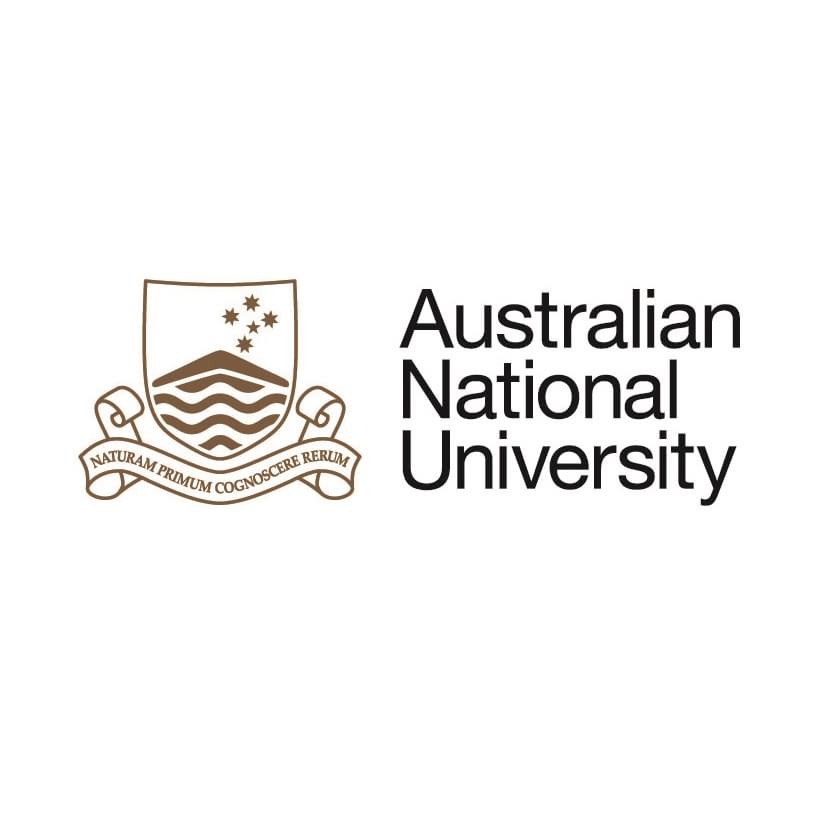Full description
Aboriginal people from Milingimbi have always been known for their cultural strength and leadership in Arnhem Land. William Lloyd Warner, an American anthropologist, lived and worked with Yolngu people in Milingimbi from 1927 to 1929, to gain an understanding of their social life. From his study he wrote a classic ethnography for Arnhem Land, A Black Civilization: A Social Study of an Australian Tribe. Warner documented a variety of activities that Yolngu were doing in their everyday life as well as in their ceremonial life, collecting objects, taking photographs, recording songs. Warner also executed the first documented archaeological excavation at Milingimbi, at the Macassan Well. During his fieldwork, Harry Makarrawala became is close friend and main informant. The families of Warner and Makarrawala are alive today, with memories of the personal relationship these two men had. The items that Warner collected, photographed and recorded are housed in nine institutions: National Museum of Australia, Berndt Museum of Anthropology, Australian Museum, Macleay Museum, AIATSIS and Archives of Sydney University in Australia; Field Museum, Phoebe Apperson Hearst Museum of Anthropology and Peabody Museum of Archaeology and Ethnology in the United States of America. These museums are in places that Warner had connections to in his life, where he lived and work. There are around 400 objects and approximately the same number of photographs. Yolgnu today are interested in these items and what people used to do with them. It is possible to bring these things together to tell stories. By examining this material and talking to Yolngu today we can learn more about what happened at that time between Yolngu and balanda, white people, in the 1920s in Milingimbi.Significance statement
William Lloyd Warner's collection and research deserve attention as he was the first anthropologist to carry out fieldwork among Murngin, or Yolngu, people, introducing them for the first time to the academic world.Data time period: 1927 to 1929
Spatial Coverage And Location
text: Milingimbi, Arnhem Land, NT, Australia
Subjects
Anthropology |
Curatorial and Related Studies |
History and Archaeology |
Museum Studies |
Studies in Human Society |
Social and Cultural Anthropology |
User Contributed Tags
Login to tag this record with meaningful keywords to make it easier to discover
Identifiers


 See more Tropical Research data
See more Tropical Research data See more Cultures and Communities data
See more Cultures and Communities data